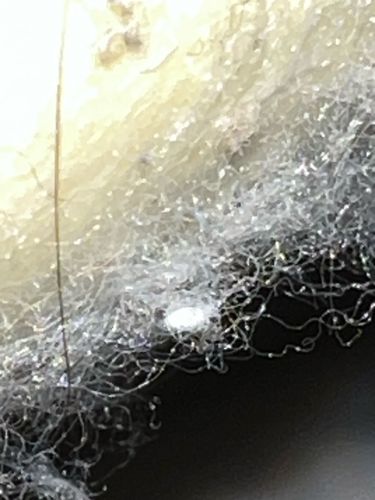Mealybug
Scientific Name: Pseudococcidae
Order & Family: Hemiptera, Pseudococcidae
Size: 1-4 mm

Natural Habitat
Found on plants, especially in warm, humid conditions, both indoors and outdoors. They commonly infest greenhouses, houseplants, and agricultural crops.
Diet & Feeding
Mealybugs are sap-sucking insects, feeding on plant sap from stems, leaves, and fruits. They insert their stylets (mouthparts) into the plant tissue to extract nutrients.
Behavior Patterns
Mealybugs typically move slowly and tend to cluster in protected areas of plants, such as leaf axils or undersides of leaves. They excrete a sticky substance called honeydew, which can lead to sooty mold growth. Many species are parthenogenetic, meaning females can reproduce without males.
Risks & Benefits
Mealybugs are considered pests as they can cause significant damage to plants by stunting growth, causing leaf yellowing, and even plant death in heavy infestations. The honeydew they produce also attracts ants and promotes the growth of unsightly sooty mold. There are no known benefits to humans or the ecosystem, though they do serve as a food source for some predatory insects.
Identified on: 10/12/2025